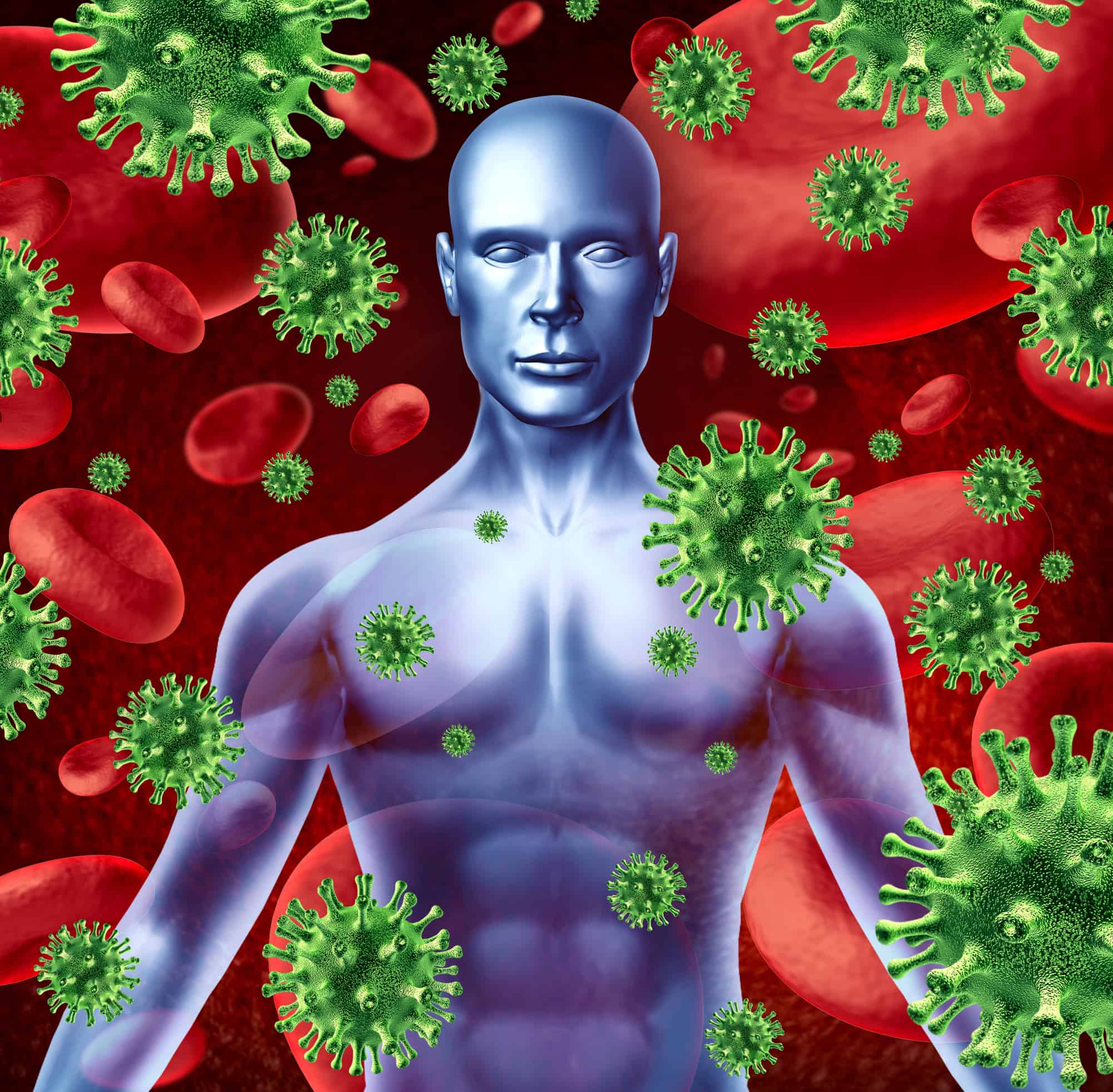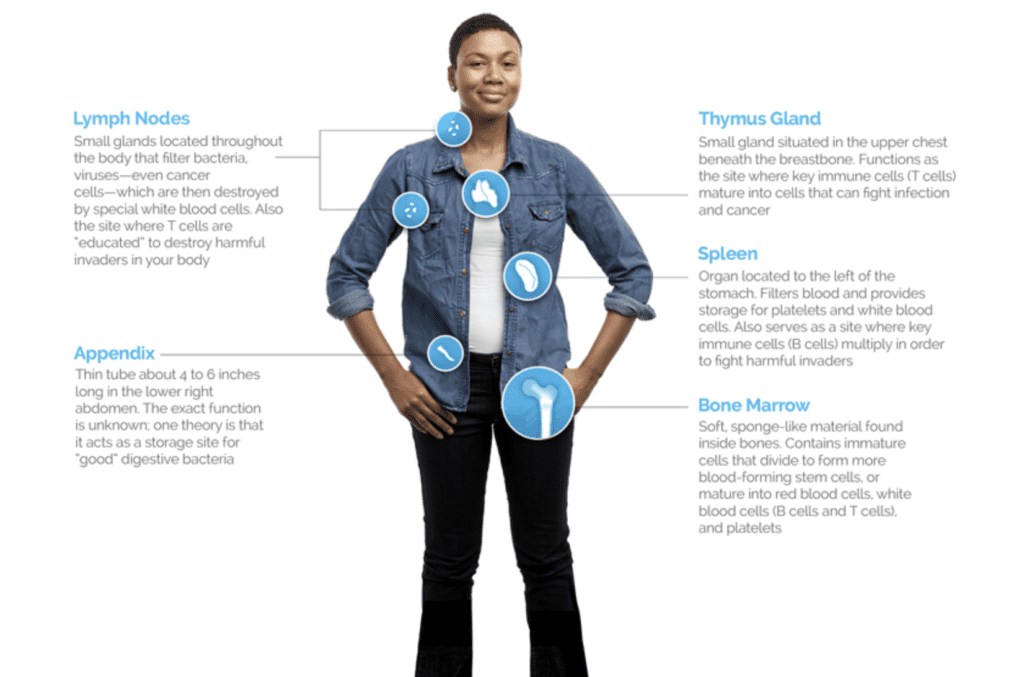In the Flow with Healing Waters

How does our immune system work?
The immune system is a very complex system, but in a phrase, it is ‘the body’s natural defense system’. It does not reside in one single part of the body—rather, it is made up of a network of cells, molecules, tissues, and organs working together to protect the body. Each of these elements plays a key role in how the immune system works and its function as a whole, which is crucial to preventing infection or disease.
There are two branches of the immune system, the innate immune system, and the adaptive immune system. The innate immune system provides a general defense against common pathogens (any bacteria, virus, or other disease-causing microorganism), which is why it is also known as the nonspecific immune system. The adaptive immune system targets specific threats and learns how to launch precise responses against viruses or bacteria with which the body has already come into contact. The various components of the immune system work together to provide both types of protection.
A number of different cells work together within the immune system to fight infections and disease. Each type of cell plays an important role in identifying, marking, and destroying harmful cells that enter or develop in the body. B cells, CD4+ helper T cells, CD8+ killer T cells, and dendritic cells, macrophages, and regulatory T cells all have a job to do.
The molecules of the immune system are antibodies and cytokines.
Tissues and organs of the immune system work on a cellular and molecular level. There is an intricate system of tissues and organs that collaborate to protect the body from harmful cells and fight against diseases. These tissues and organs, including the appendix, bone marrow, lymph nodes, the skin, the spleen, and the thymus gland provide the broader framework in which the individual components of the immune system develop and operate.
The appendix is a thin tube located in the lower right abdomen. The exact function of the appendix within the immune system is unknown, and many people live without it—one theory is that the appendix acts as a storage site for “good” digestive bacteria (the microbiome).
Bone marrow is soft, sponge-like material found within the bone and a crucial part of the immune system. It contains immature cells that either divide to form stem cells (progenitor cells that can replenish other cell types as required), or mature into red blood cells (oxygen and carbon dioxide transport cells), white blood cells (which include B cells and T cells), and platelets (blood cells that form clots to stop bleeding).
Lymph nodes are small glands located throughout the body that filter out viruses, bacteria, and cancer cells, which are then destroyed by specialized white blood cells. The lymph nodes are also the site where T cells “learn” to destroy harmful invaders within the body.
The skin is the body’s largest organ and serves as a protective barrier that defends against pathogens and toxins. It also possesses its own immune cells and lymphatic vessels.
The spleen is an organ located to the left of the stomach that filters blood and provides storage for platelets and white blood cells. The spleen is also the site where key immune cells (like B cells) multiply in order to fight invasive, foreign cells.
The thymus gland is a small gland located in the upper chest, beneath the breastbone. It provides a place for key immune cells (like T cells) to mature into cells that can fight infection and cancer.

This information was taken from:
It always amazes me how the body is made to combat outside and inside diseases. When we really stop and think, the inside of our bodies works ALL THE TIME for us!
Sometimes our immune systems go into working overtime fighting against disease, bacteria, and viruses, and the system will get tired, or weak. That’s when we need a little help to get it up and running again.
This is where energy comes in. When we boost the spleen, making it work better, the immune system kicks in. When we help the kidney system, it will assist the bone marrow and endocrine system. When we move energy through other areas of the body, the body will start doing what it knows what to do…..HEAL itself! Energy work just gives it a little nudge in the right direction.
Next week we will dive into how energy balances can assist our immune systems.
In the Flow
Susan





